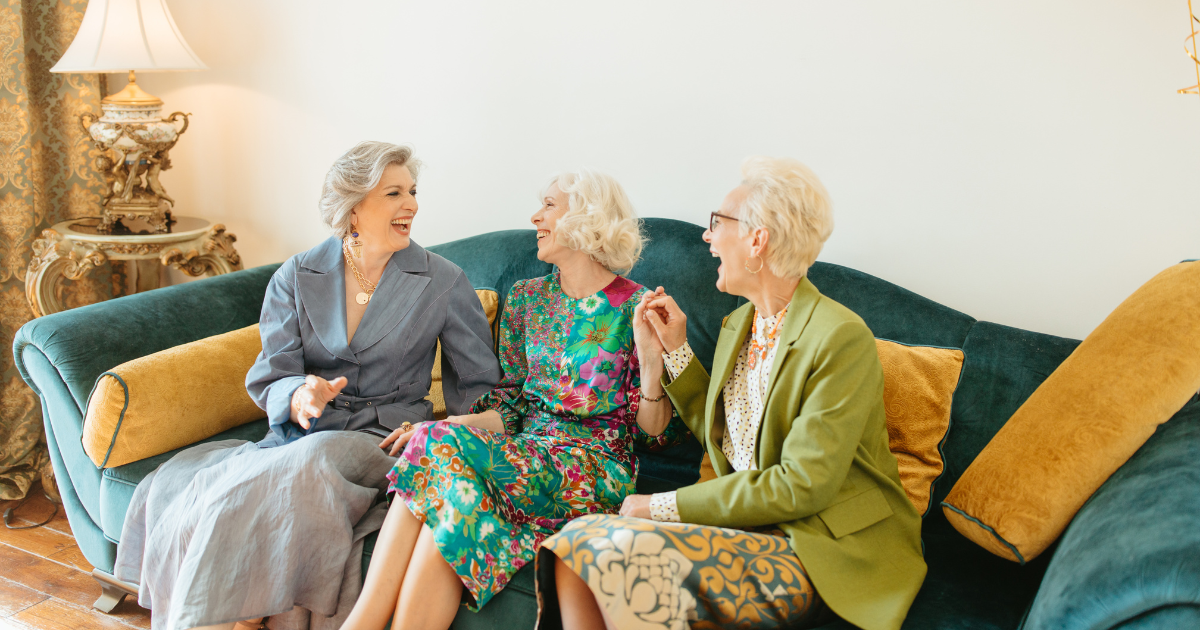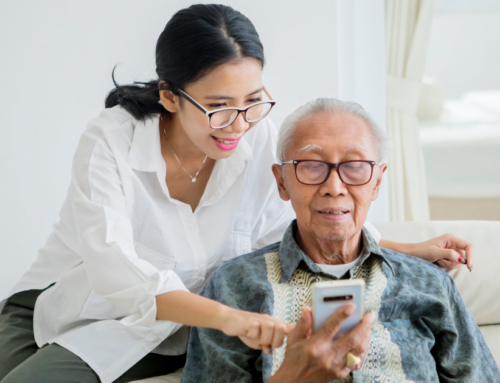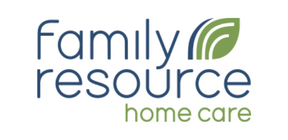Mastering Conversations as a Caregiver
How to Start a Conversation:
Conversations are so important as a caregiver starting a relationship with a new client or even a current client. Some people have an innate ability to start conversations and strike up conversations with strangers while others struggle with small talk. Here are some ways to start a conversation:
- Prepare ahead of time: mentally go over what you want to discuss and even consider practicing with a friend.
- Stay positive: don’t worry about making mistakes, because unfortunately if you’re spending too much time worrying while talking, your mind will be somewhere else, and it might trip you up in your train of thought leading to mistakes.
- Take a deep breath: try to re-center yourself and allow yourself to remain calm.
- Introduce yourself: one of the easiest ways to begin a conversation is to introduce yourself.
- Keep it simple: icebreakers can help ease the tension and get the ball rolling.
- Ask for help: asking a question is a great way to break the ice and start a conversation too because it gives the other person an opportunity to be helpful.
- Check your body language: think OPEN, and be open in your posture, eye contact, and facial expression.
- Listen and express interest: active listening is a key part of a conversation and being engaged in the conversation shows the other person that you care about what they are saying and are engaged.
- Balance: a good conversation includes a mixture of different questions, active listening, and sharing. Try not to monopolize the conversation or talk about yourself too much as your client may get bored or uninterested if they don’t have an opportunity to engage.
Small Talk:
Small talk might be unavoidable when you enter a new client’s house, as you might have to ask all the “small” things to learn the “big” things or to break the ice and let the client know that you are open to listening and care what they say. Creating rapport starts small! But how do you start the small talk? Ask open-ended questions about the below topics while staying positive and optimistic.
What are some good topics for small talk?
- Weather: this is always a safe option since it’s neutral and semi-mundane, but you get to learn information about the environment your client is experiencing.
- Art or Entertainment: asking about movies, shows, restaurants, music, or books can be a window into someone’s interests and can showcase more about themselves or lead to a deeper conversation.
- Sports: if sports aren’t your thing, try to keep track loosely so that you can relevantly stay in the conversation and know the basic details about teams or sporting events. If you are into sports and have a favorite team and your client is a rival, avoid trash-talking as this may be a red flag for some people.
- Family: this can be a great way to gather information about your client. It can show how they grew up, what kind of family they created, and what their values are related to the family.
- Food: keeping this neutral and positive is key and a great way to learn more about your client.
- Travel: hearing about vacations can be a great way to learn more about your client and what areas they like.
- Work: the elderly love to talk about the jobs they’ve held over time or how they impacted the job force. Listen and be engaging.
- Hobbies: this can really raise a client’s passions and lead to a deeper conversation as well as learning more about them.
Having Open Body Language:
Taking steps to be more approachable can start with some easy body language reinforcers for clients to understand that you are open to them. Being more approachable can lead to increased trust in you from clients, increased ability for closeness, and being able to communicate more efficiently.
Try these:
- Smiling
- Being accessible to talk
- Holding your head up
- Using good eye contact
- Turning your body toward your client when they are talking.
- Avoiding nervous habits or fidgets
- Mirroring the client’s behavior, mannerisms, and engagement
- Nodding and acknowledging that you’re listening during conversation.
- Being open-minded and positive
Everything you need to make a good first impression:
Making the first impression on your client is vital in ensuring a positive and strong bond. Initial impressions can affect other assumptions about if you are a good person or not. Called the halo effect, if your client perceives good qualities about you then they are more likely to attribute other good qualities as well because they see you as “good”. First impressions are long-lasting and will stand the test of time due to the primacy effect because people have a better memory for the initial information, they collected about you than the information after. Here are some tips that can help with facilitating a good first impression:
- Be aware of your body language because nonverbal signals can convey a lot of information and make up a lot of the conversation.
- Watch your facial expressions and make sure you are conveying them correctly to the information you’re receiving.
- Dress appropriately to convey that you are there to help them and aid them while remaining professional.
- Consider your words to be polite, respectful, and non-judgmental when communicating.
- Show interest in your client and their well-being.
- Give positive feedback (verbal or non-verbal) to your client.
Dealing with awkward conversations:
What happens when you feel awkward in a conversation? Here are some tips to help:
- Keep the conversation flowing by asking a follow-up question or changing the subject.
- Find humor in times where it’s appropriate for this response.
- Listen and paraphrase if you don’t know what to say to give the client time to reflect on what they’ve said.
- Be assertive in your boundaries and company policies if a conversation is making it uncomfortable.
- Keep quiet in situations where it isn’t necessary to continue the conversation.
- Use tact to manage situations that can be directed to something else.
- Choose kindness to get it out in the open.
- Be understanding and open with active listening.
- Manage your societal expectations or anxiety when it may be an awkward situation due to your beliefs.
- Exit gracefully if there is no other way to handle the conversation.
Active Listening:
As we’ve repeated numerous times, active listening is such a key part of a conversation, but it really means going above and beyond to be present in the conversation and acknowledging the clients’ expressions, thoughts, and deep connections. Instead of viewing listening as the time when you’re thinking about what you’re going to say next, take a breath and be an active participant by nodding your head and really grasping what the client is saying.
Here are some helpful techniques to practice if active listening is hard for you:
- Be present in the conversation and moment.
- Showing interest by remaining consistent eye contact can be helpful.
- Noticing and using non-verbal cues.
- Asking open-ended questions to encourage the client to continue speaking.
- Paraphrasing what they are saying and repeating it back.
- Listen to understand instead of responding.
- Remove your bias, judgment, and advice.
Conversation starters for deep meaningful connections:
What is the difference between meaningful conversations and small talk? Meaningful conversations can help us gather more information about the client and understand ourselves better.
Clinical psychologist, Sabrina Romanoff describes it this way, “Meaningful conversations help us understand ourselves and the people around us better. They involve sharing important aspects of ourselves, and actively listening to, validating, and connecting with others.” She goes on to say, “Opening up to someone and modeling the type of meaningful conversations you hope to have is a great way to help make them feel emotionally safe and willing to do the same.”
Her sentiment speaks volumes about the relationship between a caregiver and a client that is so important. Being vulnerable as a caregiver can encourage a client to do the same and create a wonderful connection. How does this start though?
Here are some tips on starting a deep meaningful conversation:
- Ask open-ended questions while inviting the client to describe what a situation was like for them or how they felt.
- Be vulnerable and share information (if appropriate and at the right time) about yourself.
- Adopt an attitude of curiosity and openness to differences.
- Be thoughtful and empathetic.
- Actively listen and engage in genuine interest in the client.
- Validate their emotions so they feel seen and heard.
If you need some ideas for conversation starts, this article has a great list of questions to help facilitate a deep meaningful conversation. Visit our website companion care service page to learn more about how caregivers can be a lifeline for elderly clients.
Sources:
First Impressions: Everything You Need to Make a Good Introduction






